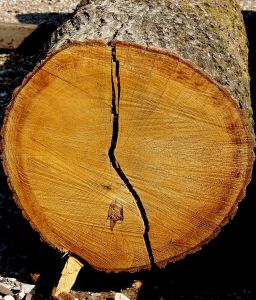Our Boston work injury attorneys know that OSHA is responsible for inspecting workplaces, responding to complaints about safety violations and ensuring that workers are protected on the job. Recently, as part of its effort to protect workers, OSHA cited the Nuway Tobacco Co.

Nuway Tobacco Co. was cited for a total of 22 alleged serious violations. The violations occurred at the company’s South Windsor manufacturing facility. Because of the numerous violations and the severity of the violations, Nuway Tobacco is facing proposed fines of $59,869.00.
Nuway Tobacco Violates Safety Rules and Regulations
OSHA identified a number of violations of safe workplace requirements when conducting an inspection of Nuway’s South Windsor manufacturing facility. These violations included:
- Combustible tobacco dust generated from the manufacturing process. Workers were being exposed to this dust. In fact, there was a layer of dust up to one inch thick on a variety of surfaces including light fixtures, ducts, pipes and electrical enclosures. This dust presents a risk of fire and explosion, but workers were not being protected.
- Lack of equipment to prevent the spread of fires and explosions caused by dust. Typically, there should be equipment to remove combustible dust from the air or at least to contain it and stop the spread. Sprinklers and explosion vents are just two examples of equipment that can help, but Nuway had neither. Unfortunately, the processing system at Nuway’s facility allowed for the dust to escape and build up outside of the normal work area.
- An absence of interlock and isolation systems in the processing machinery. These systems need to be in place in order to prevent fires from spreading.
- Missing guardrails. This put workers at risk of falling, which is one of the top causes of workplace injuries.
- Unguarded moving machine parts. Workers could become caught in the machines, potentially suffering crushing and amputation injuries.
- Exposed wiring. This creates a risk of electrocution for workers.
- Inadequate training. Workers without training are more likely to injure themselves or others while performing their jobs.
- An absence of protective equipment. Workers must be provided with appropriate protective equipment for their work environment.
There were a significant number of violations, many of which were considered to be serious violations since they had the potential to result in death or serious physical harm. The number and severity of the violations explains why the fines are so large against Nuway Tobacco Co.
Following OSHA’s citing of Nuway, the company has 15 days to contest the citations and penalties or to comply with OSHA requirements and fix the problems in their factory. Hopefully, now that OSHA has highlighted these problems and the grave dangers that the safety violations cause to workers, Nuway will institute solutions that help to keep their workers safe.
Employers need to follow OSHA guidelines to the letter and need to ensure that they are doing everything possible to maintain a working environment with minimal risks. This is true not just to avoid large fines, but also to protect the workers who keep the company running.
Continue reading
 Massachusetts Workers Compensation Lawyers Blog
Massachusetts Workers Compensation Lawyers Blog










